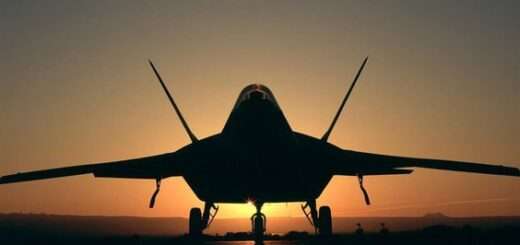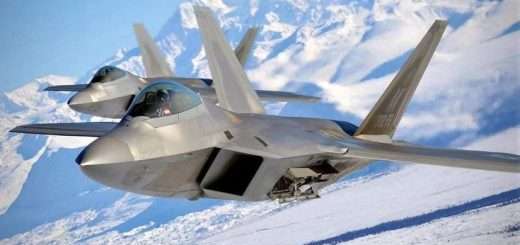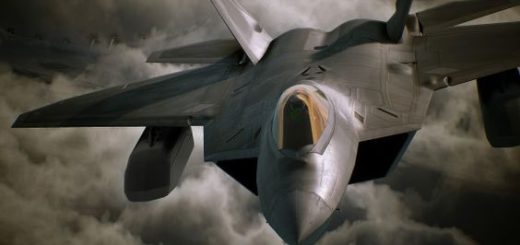YF-23 Declassified: How it Stealth Surpassed F-22 Raptor
The Lockheed Martin F-22 Raptor has been an unmatched air superiority fighter for the last 15 years since it first entered service, but it wasn’t always like that. The YF-22, which would eventually become the operational F-22, may have briefly faced competition in the 1990s from Northrop’s YF-23. Truth be told, performance may not even have been the determining factor between these two planes; any of these extremely competent airframes would have produced a formidable air-dominance fighter that would be the first of a new generation. Everything is based on perception, especially in the aviation industry.
The United States Air Force began looking for a new type of fighter in the 1980s that could outperform the most recent Soviet fighters, notably the Su-27 and Mig-29. The Soviet Union’s fighters were extremely effective fourth-generation platforms built particularly to compete with America’s top fighters, the air superiority F-15 Eagle and the multipurpose F-16 Fighting Falcon, even though the Soviet Union was less than ten years away from disintegrating.
By the end of 1986, two teams had been selected to create their next-generation fighter concepts: one, comprised of Northrop and McDonnell Douglas, and the other, comprised of Lockheed, Boeing, and General Dynamics. For the American Air Force, Lockheed and Northrop had both developed stealth systems. The F-117 Nighthawk, the first operational stealth aircraft, was created by Lockheed. Although Northrop had lost the bid for that contract to Lockheed, they persisted in developing their stealth idea until it became the B-2 Spirit, which is still in use today.
Speed, Stealth, and Maneuverability
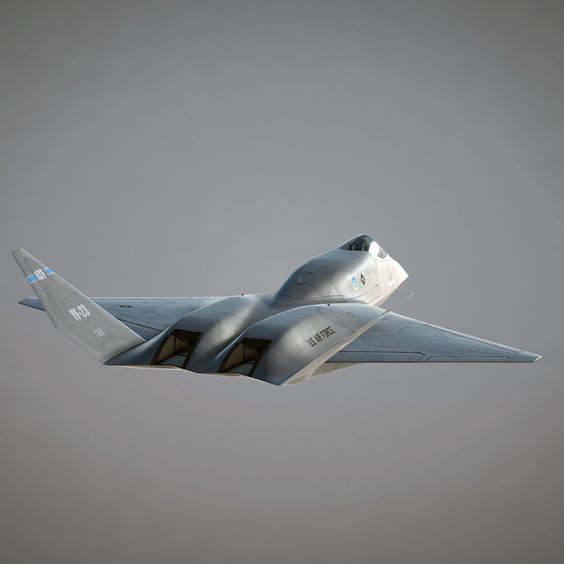
The YF-23 was quite different from ordinary 4th generation fighters, but the F-22 Raptor hardly resembles them despite their stealth design. It used diamond-shaped wings to decrease its radar signal, just like the F-22, although the two were very different in the nose and tail. With its cockpit relocated forward on the airframe for better sight and a drooping duckbill-shaped nose contributing to the platform’s otherworldly appearance, the YF-23’s nose is distinctive. Even though the platform lacked the thrust vectoring capabilities of the F-22, an all-moving V-tail on the back offered the fighter remarkable mobility.
In the end, two YF-23 prototypes were created. The first, known as the Black Widow II by those connected in the program, was all black and propelled by two Pratt & Whitney engines, which during its initial testing in 1990 allowed the aircraft to supercruise at Mach 1.43. The second YF-23, called “Grey Ghost,” was painted grey and equipped with General Electric YF120 engines, which provided better supercruise performance. In testing, the Grey Ghost reached Mach 1.6, just outpacing the YF-22’s Mach 1.58.
Though it was judged to be less agile than the thrust-vectoring YF-22, the YF-23 proved to be more stealthy than its rival. By directing the jet’s outlet of thrust, the pilot may greatly improve agility and even keep the aircraft flying in one direction while pointing its nose in another. Thrust vector control was not incorporated into the Northrop YF-23 in favour of a lighter overall platform and a more covert radar profile. Instead, they employed the YF-23’s wide surfaces and distinctive V-tail to assist the fighter to turn quickly. In spite of lacking thrust vector control, the YF-23 nonetheless maintained performance that was almost on pace with the F-22’s.
Both the YF-23 from Northrop and the YF-22 from Lockheed were obviously very competent aircraft. The YF-22 had a minor edge in maneuverability and employed more sophisticated avionics, while Northrop’s YF-23 had a longer range and better stealth.
To be fair, either choice would have been the first of the fifth generation and a game-changing platform, but despite Northrop’s outstanding aircraft, the business was seen as less capable and even less reliable than Lockheed. In the four years before to the competition, Northrop had been subject to constant scrutiny and even severe claims throughout their whole product line, which resulted in a number of congressional committee hearings and audits by the Pentagon. Even though the Air Force preferred the YF-23 to the YF-22, they were aware that Congress would be reluctant to support the aircraft because of Northrop’s reputation.
What makes YF-23 so Special
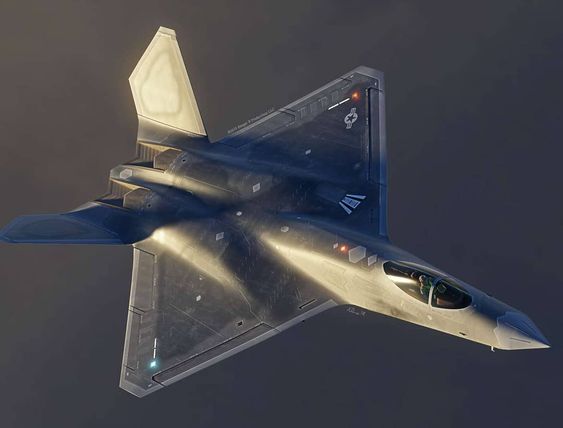
When a 1997 report revealed that a Defense Department review of the program was already projecting that it could ultimately go over budget by as much as $17 billion (or nearly $26 billion in today’s dollars), the notion that Lockheed was better suited to deliver the next-generation fighter on budget was quickly dispelled. The American F-22 Raptors cost more than $200 million each, and only 186 of the planned 750 were produced when the program was abandoned.
The F-22 Raptor is still the world’s best air superiority fighter of today, although it is becoming less and less common. The F-22 may be a very effective predator due to the fact that a large portion of its production line was cannibalized in favor of Lockheed Martin’s F-35 Joint Strike Fighter.
